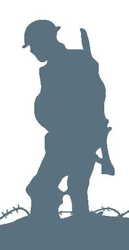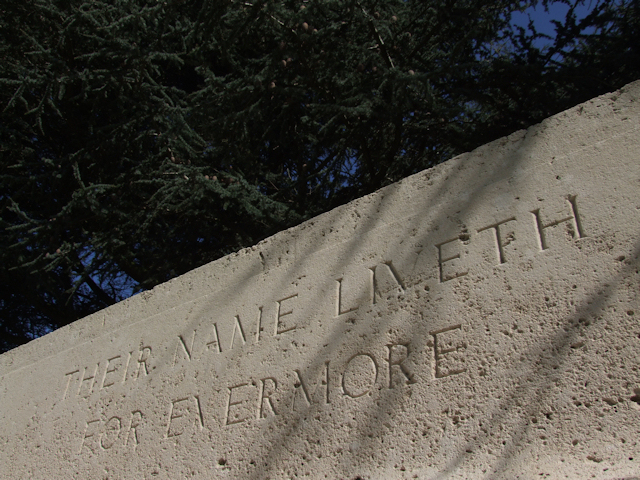Biography
Arthur was born in Bedmond in 1887 (baptised 8 Nov 1887) to Henry Hall, a farm labourer, and Charlotte (nee Lawrence). His parents married 15 November 1868 at St Lawrence’s, Abbot’s Langley, Herts.
On the 1891 census the family were living at Bell Meadow, Bedmond. Arthur was the youngest with elder brothers Harry and William. On the 1901 Census Arthur is listed as an agricultural labourer living with his widower father at Toms Lane, Bedmond. Arthur attested on 10 Feb 1903 for the Suffolk Regiment (He was already a member of the Suffolk Militia with serial Number 5861). He was posted as Private 6396 to 1st Battalion on 6 Mar 1903 with a further transfer to 2nd Battalion in India on 28 Jan 1905 returning on 27 Dec 1907. Arthur became an Army Reservist on 18 Feb 1911 (the 1911 Census records him at Pimlico at his aunts and as a reservist of the Suffolk Regiment).
At the outbreak of war Arthur was mobilised on 5 Aug 1914 but was after a medical he discharged as ‘no longer fit to become a soldier’, he gave his occupation as a butcher, living at Cecil Street, Watford. Arthur was again turned down by the Army Service Corps at Aldershot in Jan 1915. Sometime after he had become a Sergeant 6378 in the Royal Garrison Artillery and was attached to the Nigeria Field Force. Rank and Serial number may be from Nigeria Field Force).
Arthur, proceeding to his assignment, was on board RMS Falaba when it sailed for Sierra Leone, West Africa from Liverpool on 27 Mar 1915. RMS “Falaba” was a merchant ship carrying mail and two hundred and forty two mainly civilian passengers between Liverpool and Sierra Leone. Off the Pembrokeshire coast the Falaba was sighted by German submarine U28 and stopped and the Captain was given a short time to lower lifeboats and abandon ship prior to the ship being sunk by the U28. While this operation was underway and prior to expiry of the time limit, a torpedo was fired causing the ship to sink. During this Arthur, together with 103 other passengers were drowned.
Leon Thrasher, a 31 year old mining engineer from Massachusetts USA lost his life on this occasion in what became to be known as the “Thrasher Incident”. The death of an American citizen was extensively debated in Congress and the action came close to bringing America into the War. The “Thrasher Incident” was a prequel to the much more famous disaster, two months later, when another German U-boat sank the SS Lusitania on 7th May 1915, causing the deaths of 1201 passengers, many of them being American, an action which contributed significantly to the USA entering the War in 1917.
Arthur Hall was not recorded in the Abbots Langley Parish Roll of Honour, but was remembered on the Abbots Langley War Memorial and the Bedmond War Memorial. He was also remembered on the Hollybrook Memorial at Southampton where almost 1,900 servicemen and women from the Commonwealth, whose graves are not known, and who lost their lives in transports or other vessels torpedoed or mined in Home waters, are listed. He was first mentioned in the January 1919 Parish Magazine, where Vicar Parnell recorded: “Arthur Hall is noted as omitted from our Roll of Honour. He was a native of Bedmond who kept up his connection until the time of joining the Army. He lost his life in the sinking of the ‘Falaba’”.
Recorded as born in Abbots Langley and was living in Watford when he enlisted there.



